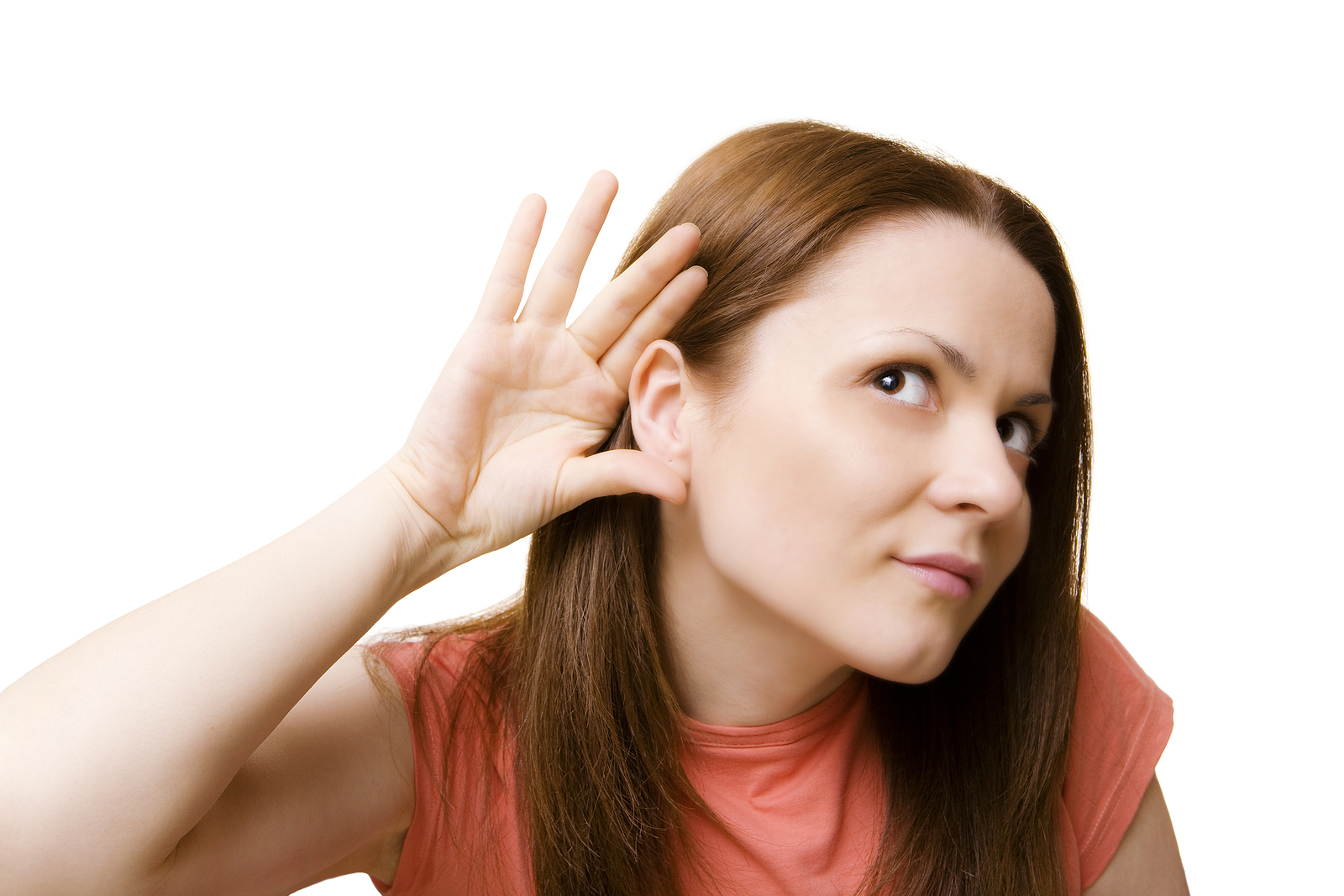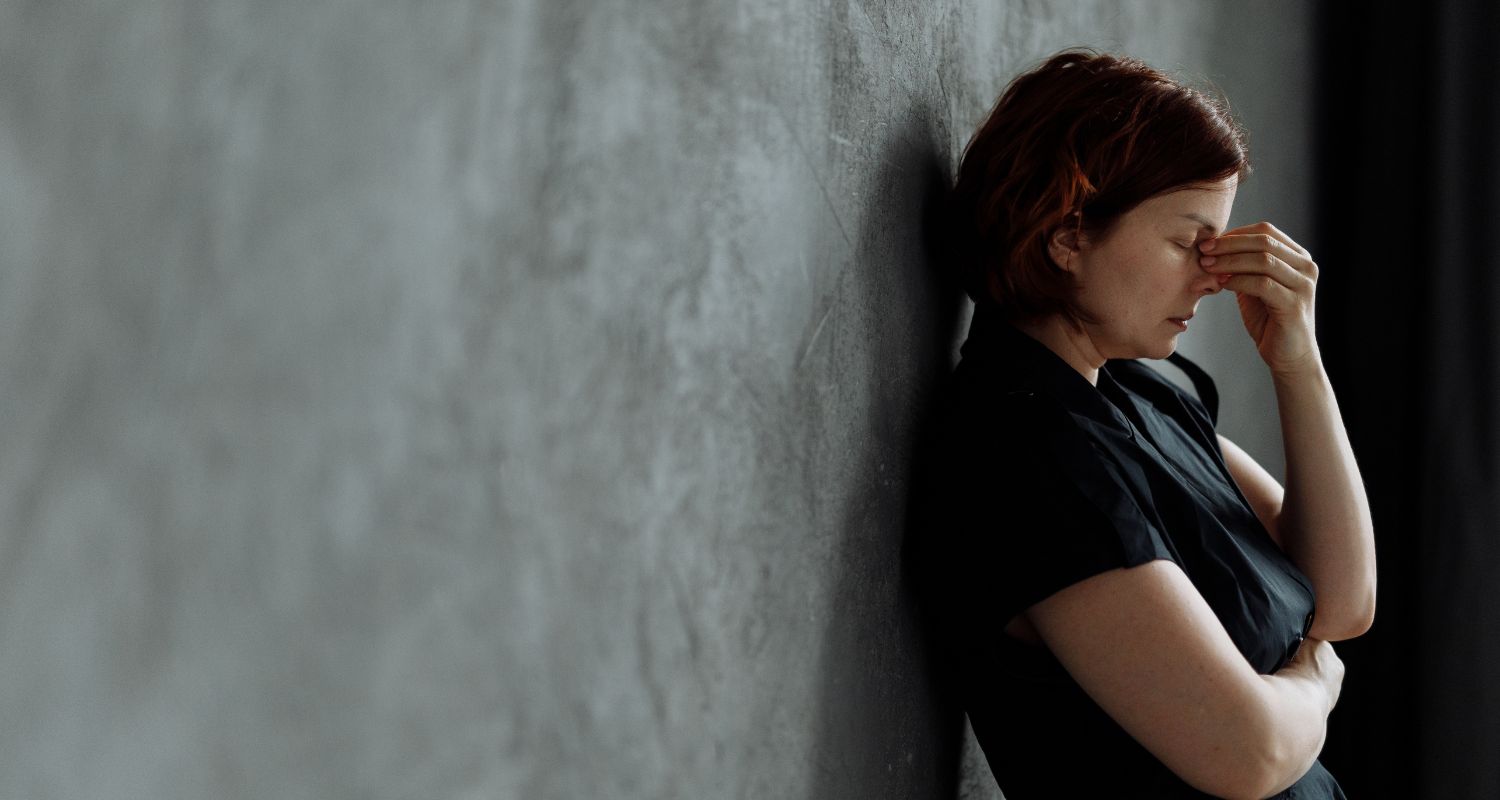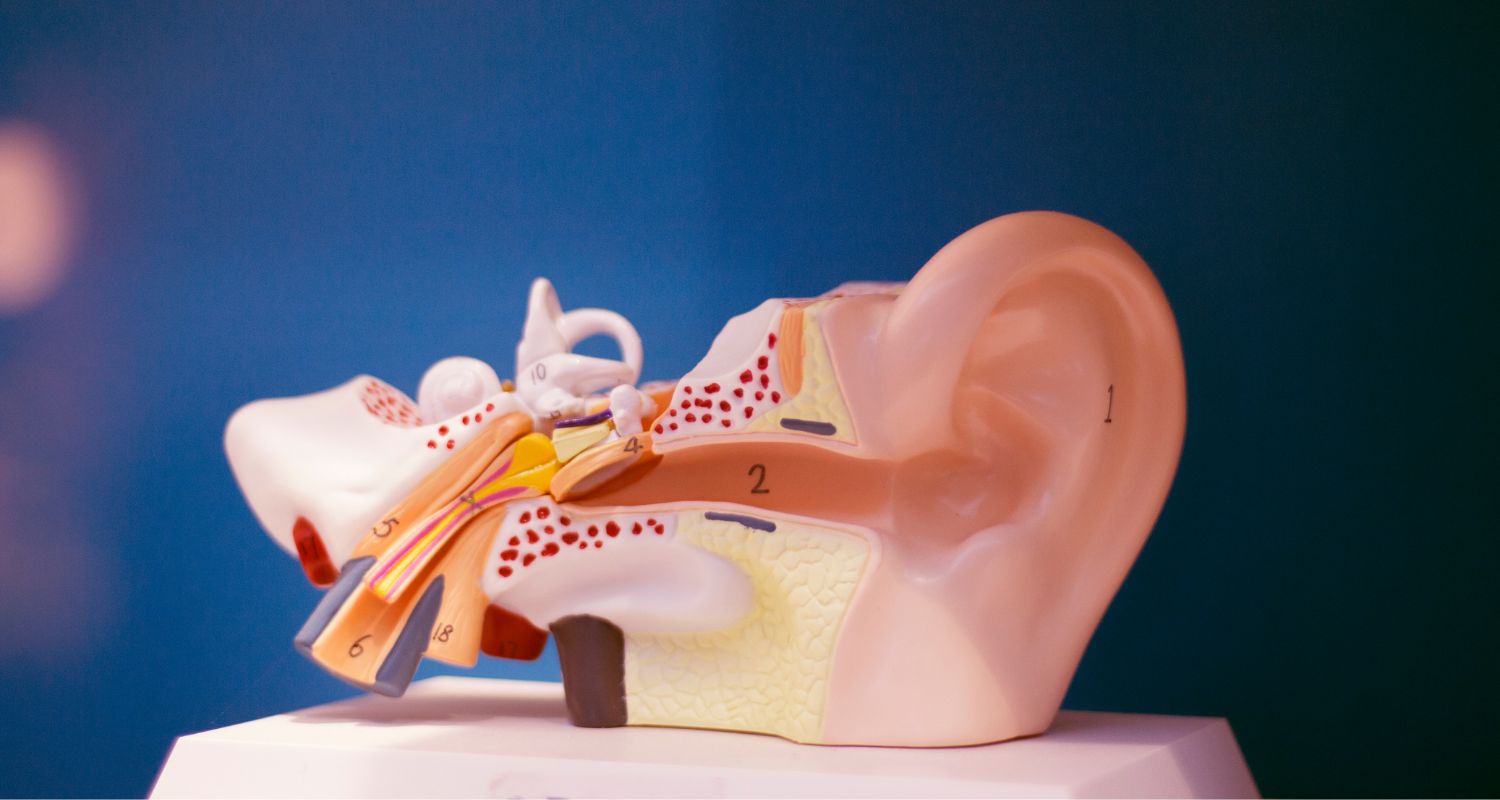All About Vertigo
Vertigo is a sensation that the environment is spinning and a feeling of dizziness. Dizziness can throw one off balance, leading to unsteadiness, and causing falls. Vertigo can be experienced in short bouts with significant time in between or more chronically. Vertigo is a symptom of an underlying health issue that can range from inner ear disorders to viral infections, and head or neck injuries. The cause of vertigo informs the treatment options that are used to alleviate and manage it.
Types of Vertigo
There are two types of vertigo:
- Peripheral: the most common type is peripheral vertigo which accounts for up to 80% of vertigo that people experience. It is caused by issues in the inner ear which houses the vestibular system – the sensory system for balance. The vestibular system includes semicircular canals, otolithic organs, and the cochlea. Various causes like inner ear disorders can affect the vestibular labyrinth which impacts the messaging the brain receives about movement and balance.
- Central: this type of vertigo is less common and accounts for 20% of the vertigo people experience. Central vertigo is related to the central nervous system and is caused by conditions like tumors, chronic migraine, issues with the brain stem, spine, etc.
Vertigo can be overwhelming and destabilizing to experience. It is important to recognize symptoms and be evaluated by a specialist as early as possible.
Symptoms
Vertigo is typically triggered by movements and motions like standing up, turning your head, shifting, etc. Vertigo involves feeling like the environment you are in spinning; this can also include feeling like objects are also moving. The most common sensation of vertigo is dizziness. This can be short or longer spells of dizziness which can cause people to feel unbalanced. Additional symptoms include:
- Nausea, vomiting
- Headaches or migraines
- Lightheadedness, feeling faint
- Loss of balance
- Sweating
- Tinnitus: a ringing or buzzing-like noise in one or both ears
- Rapid eye movements
- Ears feeling full or clogged
These symptoms can vary in intensity and can be experienced anywhere from a few minutes to hours. If you recognize any of these symptoms, it is important to be evaluated by a specialist.
Causes
Vertigo is a symptom that can be produced by several health conditions including the following:
- Meniere’s Disease: this inner ear disorder occurs when there is an accumulation of fluid in the inner ear. There are no identifiable causes of Meniere’s disease but experts suggest that it could result from constricted blood vessels, viral infection, or autoimmune conditions. It produces various symptoms inducing hearing loss, tinnitus, and vertigo.
- Vestibular Neuritis or Labyrinthitis: This involves inflammation in the inner ear – specifically around the nerves that participate in sending information about motion and movement to the brain which helps maintain balance. This inflammation is typically caused by viral infections which cause various symptoms including vertigo.
- BPPV (benign paroxysmal positional vertigo): this specific type of vertigo involves the otolith organs in the inner ear which are part of the vestibular system. These organs contain fluid and calcium carbonate which can shift and dislodge from their original position. This can cause these particles to come into contact with sensory cells and disrupt the process of sending information about movement and balance to the brain.
- Cholesteatoma: chronic ear infections can create skin growths or cysts behind the eardrum. This impacts the middle ear and the ossicles, which are tiny bones that help process sound waves. Cholesteatoma can produce hearing challenges as well as cause vertigo.
Additional causes of vertigo include head injuries, chronic migraines, strokes, and tumors.
Treatment
There are effective treatment options that help people manage their vertigo. Treatment can include the following:
- Medications: depending on the underlying cause of vertigo, medications can be used to treat bacterial and viral infections (antibiotics) or used to alleviate symptoms like dizziness.
- Vestibular Rehabilitation Therapy (VRT): this type of therapy involves engaging in exercises that involve making movements with the body, eyes, and head without triggering vertigo.
- Canalith Repositioning: this treatment is specifically used to treat BPPV. It involves practicing certain movements that help move the calcium deposits that become dislodged.
- Surgery: surgical options may be explored if the underlying condition is tumors or head/neck-related injuries.
In addition to these treatment options, there are at-home tips you can practice to reduce vertigo. This includes dimming all lights, sleeping on a raised pillow, standing up slowly, etc. Contact us to learn more about vertigo and treatment options.







Leave A Comment